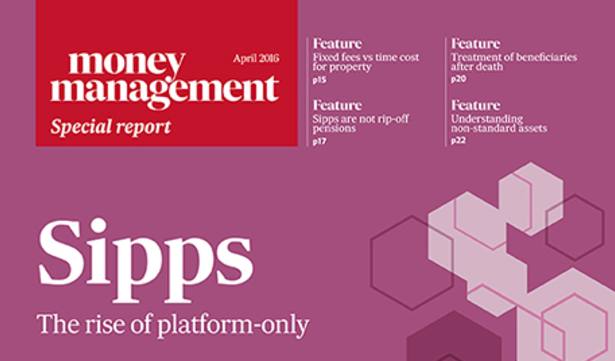“These providers, who will already have clients with commercial property, should make it easy for them to transfer out should they want to access any of the things that have been restricted since they opened the plan, but we are not seeing this.”
Ms Trott says that some providers are charging “extortionate” transfer out charges, and this is mainly because they are percentage-based and properties tend to be of a high value.
Table B details charges associated with commercial property for each firm, including joint purchase fees, annual charges and borrowing fees.
Commercial property is the one asset that has caused the most debate following the FCA’s capital adequacy consultation. The rules, which come into effect this September, mean providers will have to keep a set amount (minimum £20,000 although this will be far higher for larger firms) in reserve. Table 3 details how providers are coming along with the FCA’s requirements. We asked providers to tell us, if the rules were currently in place, what percentage would be covered. All providers that disclosed this figure are now at 100 per cent, although many declined to tell us their figure.
One notable provider is Rowanmoor, which previously did not declare, but is now at 100 per cent. The reason behind this was purely because it is not required until September this year, rather than not actually having the capital. Robert Graves, head of pensions technical services at the group, says the board recently made the decision to move the money aside before the September deadline to “dispel any rumours”, and prevent others jumping to any wrong conclusions.
While some may just be holding back company-sensitive information, it could also be seen as worrying for firms that are not yet at the 100 per cent (or plus) mark. The next survey will use data up to 1 August 2016, so we hope that all providers will tell us their capital adequacy amounts then.
The Table also notes the percentage of non-standard assets, and more specifically commercial properties, that the providers class as either standard or non-standard. This can give an idea of how operators will be continuing to classify the assets.
At the time of press, the FCA has still not unveiled what would happen should a Sipp provider not meet their capital adequacy requirements.






